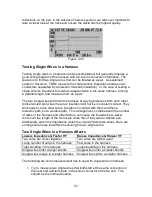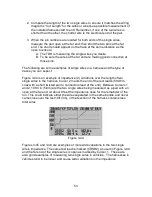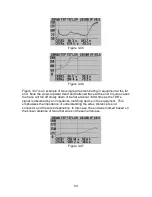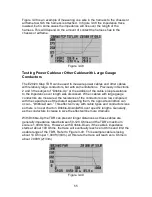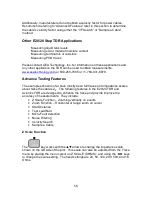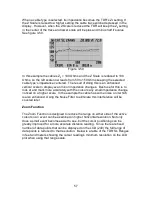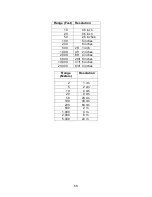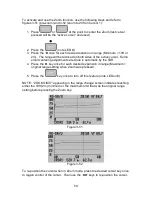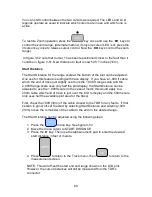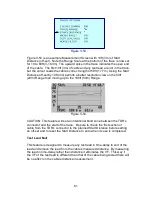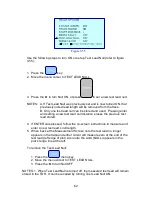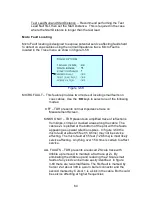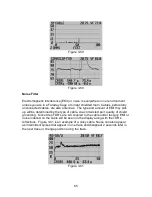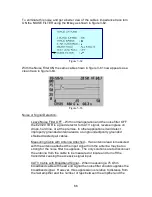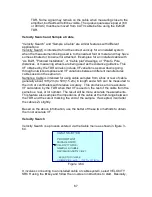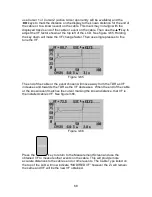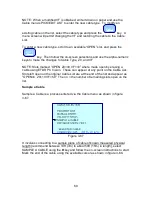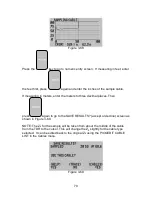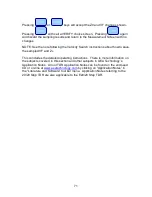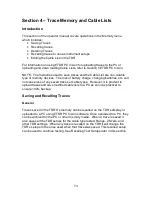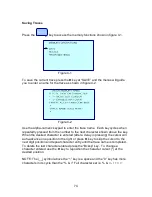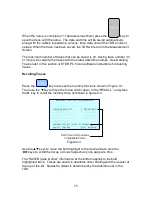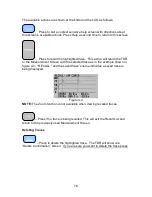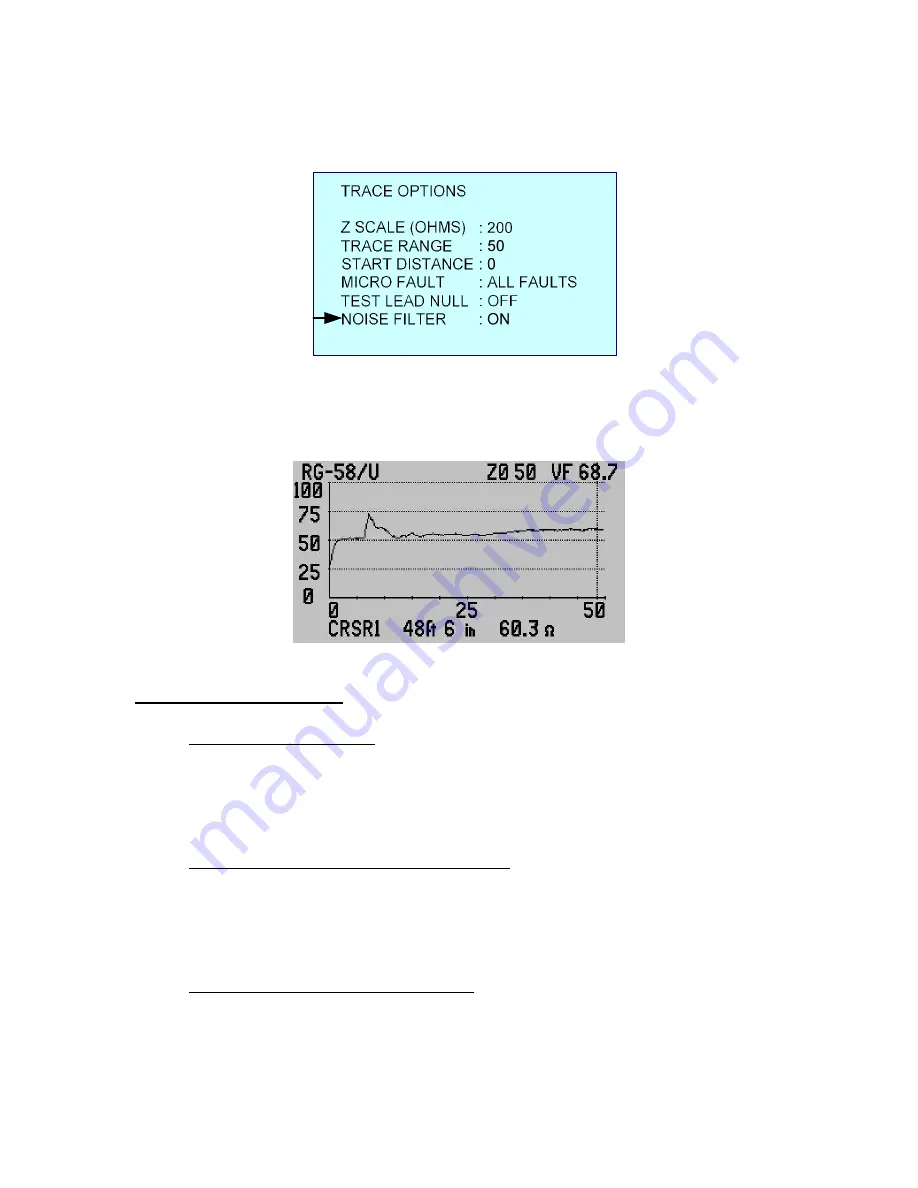
66
To eliminate this noise and get a better view of the cable’s impedance trace turn
ON the NOISE FILTER using the
►
key as shown in figure 3-62.
Figure 3-62
With the Noise Filter ON the same cable shown in figure 3-61 now appears as a
clean trace in figure 3-63.
Figure 3-63
Noise or Signal Detection:
Leave Noise Filter OFF – With normal operation and the noise filter OFF
the E20/20 TDR is a good detector for CATV signal, reverse ingress on
drops, hard line, or at the premise. In other applications it will detect
improperly grounded antenna leads, or ungrounded/poorly grounded
shielded twisted pair cables.
Measuring Cable with Antenna Attached – If an antenna lead is measured
with the antenna attached the input signal from the antenna may be too
strong for the noise filter to suppress. The only solutions are to disconnect
the antenna from the cable to be measured or locate and turn off the
transmitter causing the excessive signal input.
CATV Cable with Broadband Signal – When measuring a 75 Ohm
broadband cable with head end signal the noise filter should suppress the
broadband signal. However, this suppression is relative to distance from
the last amplifier and the number of taps between the amplifier and the

